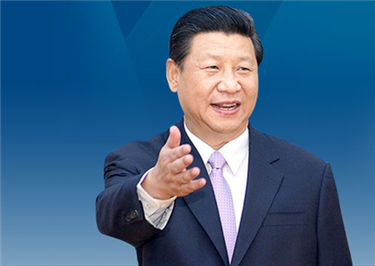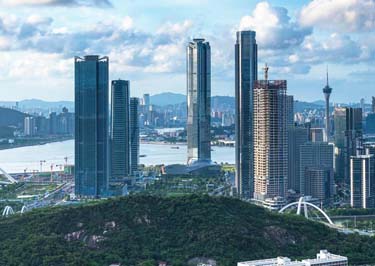Su Chao-cheng (Su Zhaozheng)
Leader of Labor Movement and early Communist Party of China
1
Su Chao-cheng, chairman of the All-China Federation of Trade Unions, went to Wuhan, capital of Hubei Province, from Guangzhou (Canton) in March 1927 when the Great Revolution swept over China. Some 500,000 people welcomed the head of 2.8 million industrial workers nationwide.
Abruptly, however, the revolutionary momentum suffered a reverse. Thousands of CPC Party members were slaughtered in Shanghai, Guangzhou, Changsha, Wuhan, and other places.
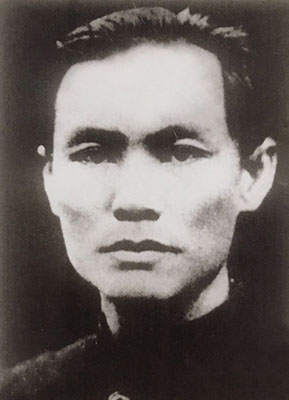
Su Chao-cheng (Su Zhaozheng) (1885-1929) [Photo provided by Zhuhai Archives]
Su Chao-cheng risked great danger to arm workers in Jiujiang City of Jiangxi Province and bring them to capital city Nanchang where communist leaders Chou En-lai (Zhou Enlai), Chu Deh (Zhu De), and Ho Lung (He Long) initiated the Nanchang Uprising on Aug 1, 1927 and founded the first CPC Revolutionary Army.
A CPC emergency conference in Hankou of Wuhan on Aug 7 set the general policy of "fighting against anti-revolutionary arming with revolutionary arming" and saw Su Chao-cheng, Chu Chiu-pai (Qu Qiubai), a leader of the Communist Party of China in the late 1920s; and senior Communist Party figure Li Wei-han (Li Weihan) elected to the Standing Committee of the Political Bureau of the CPC Central Committee.
2
Su Chao-cheng was born on Qi'ao Island in 1885. His birthplace is in today's Tangjiawan in Zhuhai.
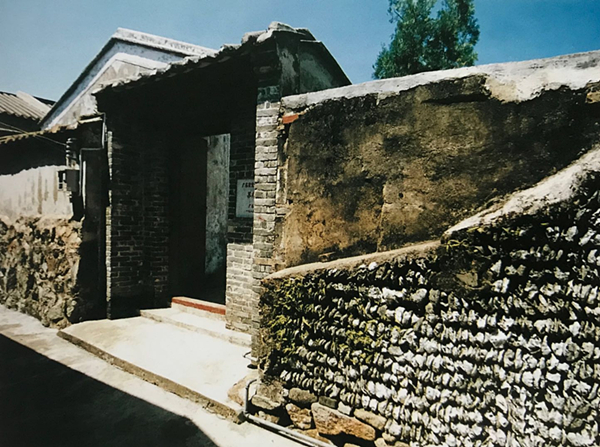
Former Residence of Su Chao-cheng on Qi'ao Island [Photo by Zheng Xiaoyue]
The island was attacked by British intruders prior to the Sino-British Opium War in 1933. The intruders were defeated and made to pay 3,000 taels of silver, which was used to pave a granite road on the island -- White-Stone Street (Baishi Jie).
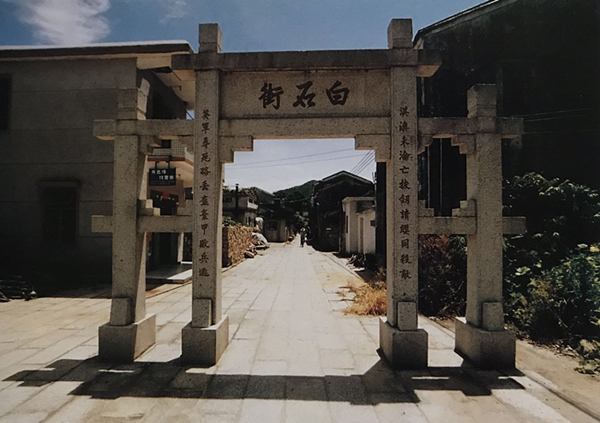
White-Stone Street (Baishi Jie) [Photo by Zheng Xiaoyue]
Su left for Hong Kong at age 18 and worked as a seaman on a foreign vessel.
There, he met Dr Sun Yat-sen who at the time was about to journey abroad. Then Su joined the T'ung-meng Hui -- Chinese United League or Chinese Alliance -- in 1908 and threw himself into the revolution to overthrow the Qing Court.
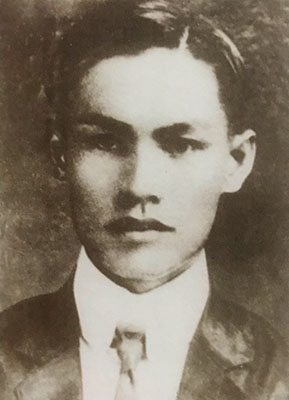
Su Chao-cheng in his youth [Photo provided by Xuan Qianhong]
3
The October Revolution in Russia was a heralded success in 1917. Inspired by the event, Su was determined to fight to improve the conditions of the poor in China. Working with townsman Lin Wei-min, he founded the Hong Kong Seamen's Union in March 1921.
It was the first union of seamen and one of the earliest industrial labor unions in the land. To defend the rights and interests of Chinese seamen, he demanded that shipowners raise wages, improve working conditions, and end exploitation, but was turned down, which triggered the 1922 Hong Kong Seamen's Strike on Jan 12.
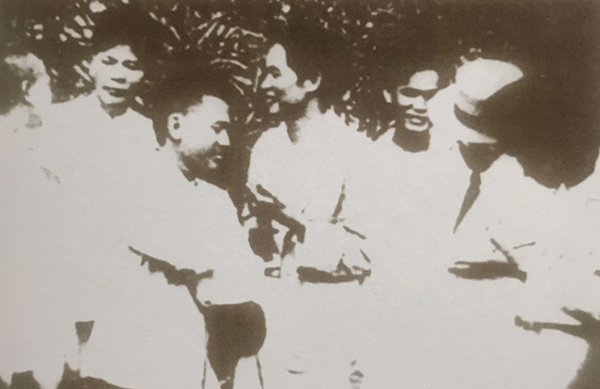
Su Chao-cheng, third from right, and fellow seamen in 1922 [Photo provided by Zhuhai Archives]
The 56-day strike, with the number of seamen and then workers rising from 10,000 to over 100,000, brought Hong Kong to a standstill and ensured that the strikers' terms were met eventually. The strike ended in complete victory for the seamen.
4
With a recommendation from Li Ta-chao (Li Dazhao), one of the main founders of the Communist Party of China, Su became a CPC Party member in 1925. He went to Guangzhou for the 2nd National Labor Conference, which gave birth to the All-China Federation of Trade Unions. Su was elected to the Executive Committee of the Federation.
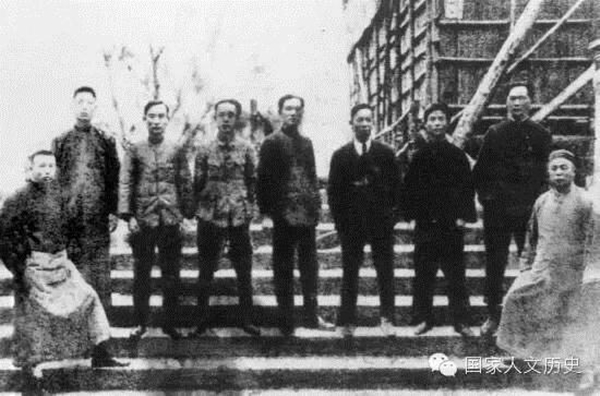
Canton-Hong Kong Strike Committee founded on July 3, 1925; Su (c) [Photo courtesy WeChat ID: gjrwls]
The May 30th Incident saw more than a dozen Chinese worker demonstrators killed by British police in the international settlement of Shanghai. This led Su and Teng Chung-hsia (Deng Zhongxia), an early member of the Communist Party of China and labor movement leader, to initiate the 1925-26 Canton-Hong Kong Strike.
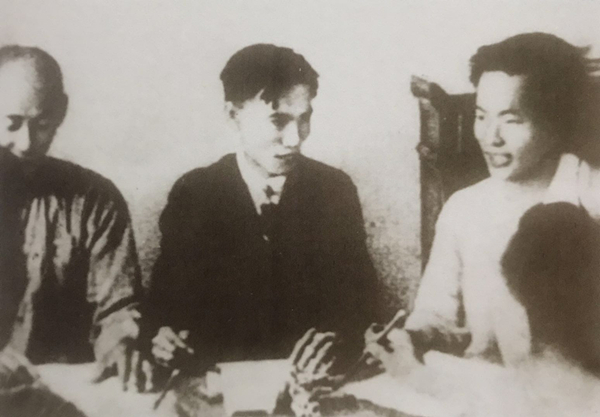
Su Chao-cheng, center, in meeting with Teng Chung-hsia, right, and other strike advocates [Photo provided by Xuan Qianhong]
The strike-boycott involved more than 200,000 strikers and lasted 16 months, causing considerable disruption and having a profound impact on the international workers' movement.
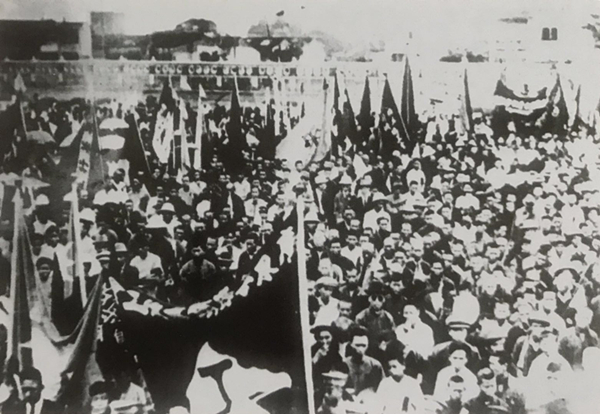
Canton-Hong Kong Strike co-initiated by Su Chao-cheng in 1925 [Photo provided by Zhuhai Archives]
5
Su headed the All-China Federation of Trade Unions Delegation to Moscow in March 1928 to attend the 4th Congress of the Red Employee International (REI), during which he addressed the issues of Chinese employees. His speech aroused great attention and he was elected to the REI Executive Committee.
He then led the Chinese Delegation to the 5th Congress of the Comintern in Moscow, giving briefings on the struggles the CPC was experiencing in China. He and Chu Chiu-pai were elected members of the Comintern Executive Committee.
Su also took part in the 6th CPC Congress and was re-elected to the Standing Committee of the Political Bureau of the CPC Central Committee.
6
While in Russia, Su fell ill due to years of constant overwork and suffered from appendicitis.
Despite this, he returned to Shanghai from the former Soviet Union and presided over the 2nd enlarged session of the All-China Federation of Trade Unions. His disease recurred after that and he was near death when later Chinese Premier Chou En-Lai and Li Li-san (Li Lisan), Chinese revolutionary who was one of the early leaders of the Chinese Communist Party (CCP), hurried to the hospital.
A leader of the early Communist Party of China, Su died at age 44.
The next day, the Central Committee called upon the CPC to carry on Su Chao-cheng's spirit and strive for the goals he sought.
The REI convened in Moscow to pay respect to him.
7
A statue of Su was erected at Haixia Village of Wanzaisha in Old Xiangzhou and the Qi'ao Elementary School was renamed after him in November 1985, the 100th anniversary of his birth. In October 1998, Zhaozheng (Chao-cheng) School was renamed Zhaozheng Memorial School in memory of Su’s immense contributions to the early Chinese worker movements.
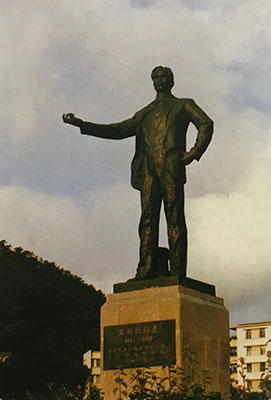
Su Chao-cheng statue at Haixia Square [Photo by Li Zhijun]
Qi'ao Island, with a bridge leading to the rest of Tangjiawan and urban areas, ring road, modern residential buildings, historical sites, Mangrove Forest, Zhuhai International School (ZIS), and other popular sites, has become a hot spot for tourism and education.
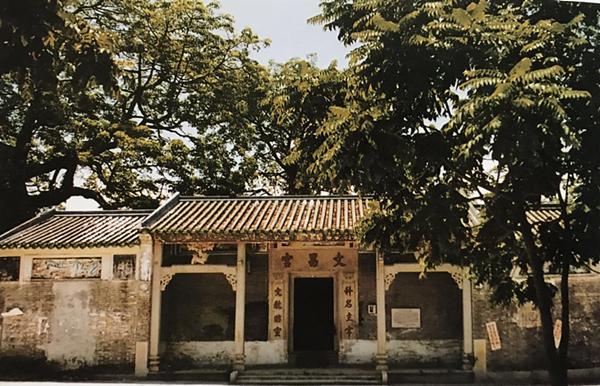
Qi'ao Village's Wen Chang Shrine where Su once organized the Reading Party and a planting firm [Photo by Zheng Xiaoyue]
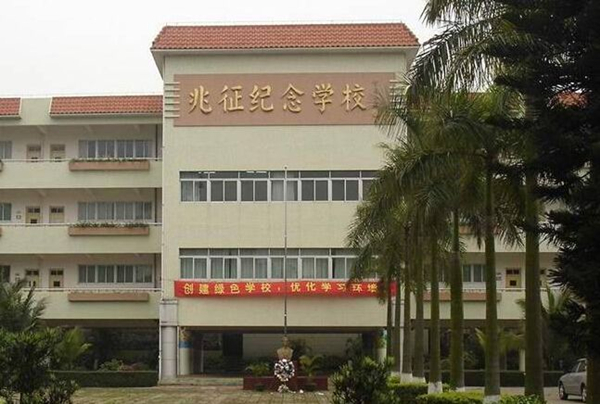
Zhaozheng Memorial School on Qi'ao Island [File photo]

